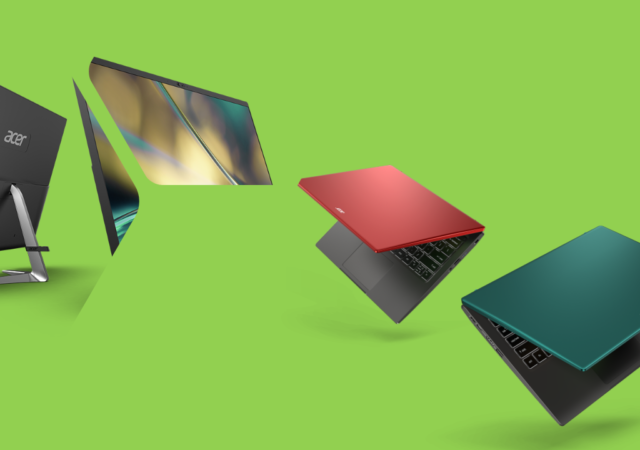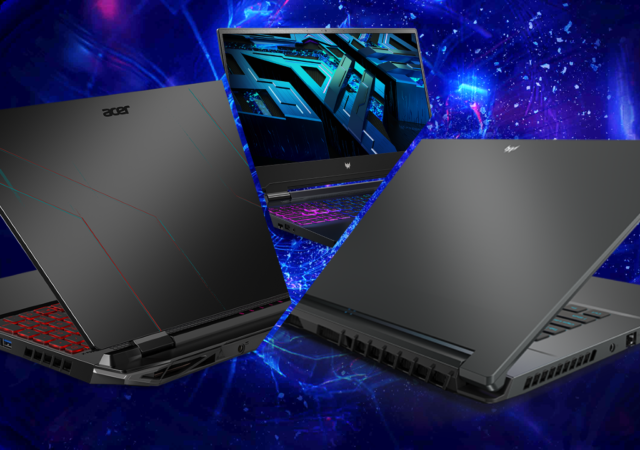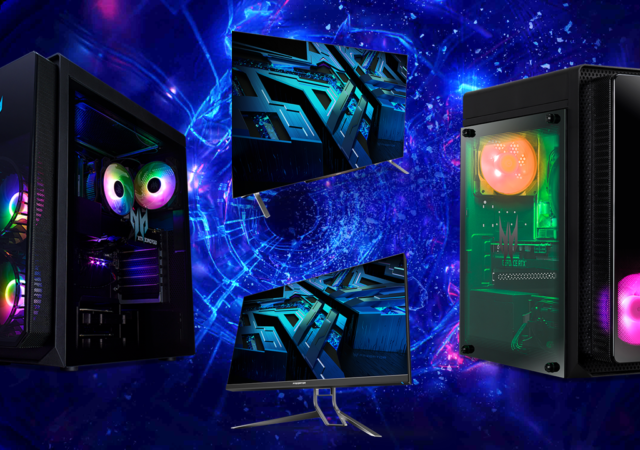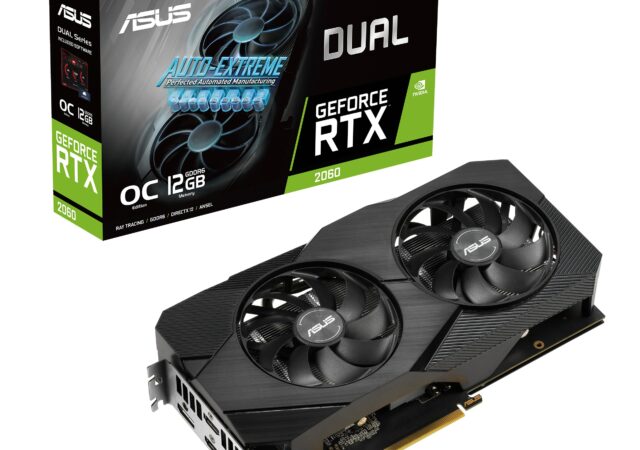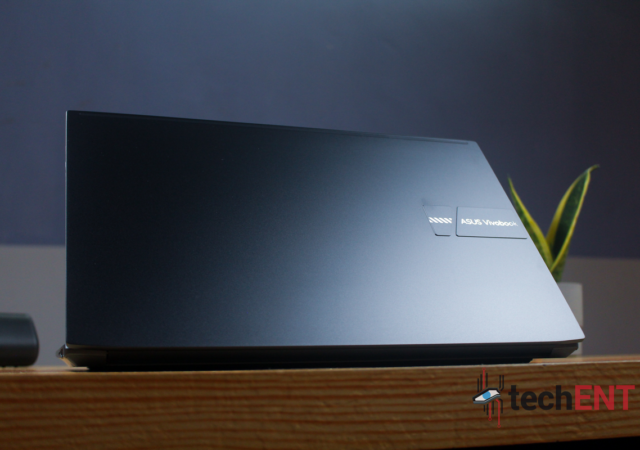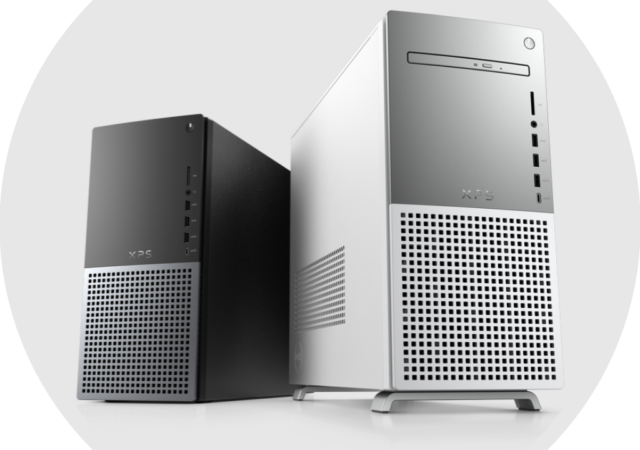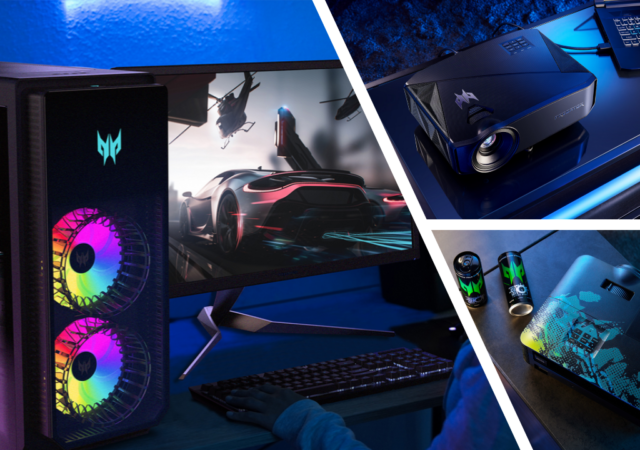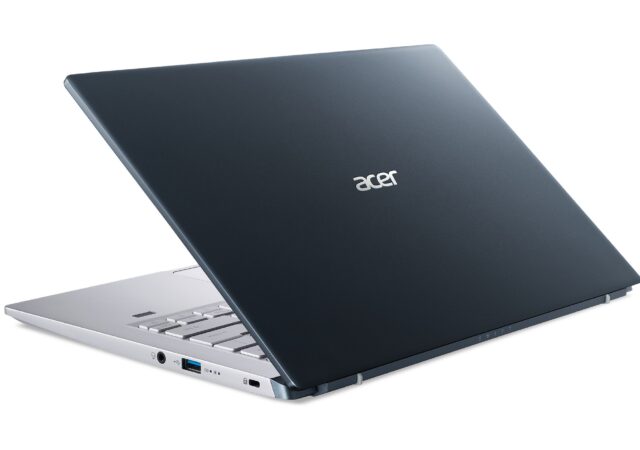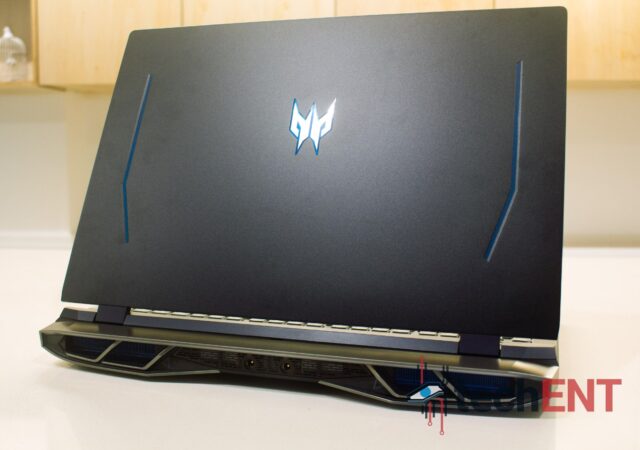Acer announces a new generation of Swift X laptops together with the new Aspire C AiO powered by Intel’s 12th Generation processors.
Acer Bolsters Gaming Laptop Lineup with the Latest from AMD, NVIDIA and Intel
Acer refreshes its gaming line up with the latest and greatest from AMD, Intel and NVIDIA and revitalises the Nitro 5 and Triton 500.
Predator Gaming Desktops Updated with 12th Generation Intel Processors
Acer Brings Intel’s 12th generation processors to their Predator Orion line up and brings new monitors for a more immersive gaming experience.
ASUS Launches Their Version of the 12GB variant of the NVIDIA GeForce RTX 2060 GPU
ASUS launches their variant of the NVIDIA GeForce RTX 2060 GPU with 12GB of RAM in Malaysia for MYR 2,560.
ASUS VivoBook Pro 15 OLED (M3500QC) In-depth Review: Light on Weight, Heavy on Power & Kind on the Bank
A laptop has become one of the pieces of technology that we can’t do without. Most of the time, we’re stuck between choosing something that is chunky and powerful or sleek and light. However, in recent years, we’ve been seeing…
[Video] Acer Swift X Review – Sounds Like an Entry-Level Gaming Laptop
Acer launched the Acer Swift X this year as the AMD replacement of the Acer Swift 3X. At MYR 4,999, is it any good?
Dell’s New XPS Desktop Brings Technology that Scales with Your Passion
Dell announces their new XPS Desktop powered by the latest Intel Core processors and packed with specifications for all your needs.
[next@acer] Acer’s Predator Turns It Up with New LED Gaming Projectors & Orion 7000 Desktop
Acer brings even more gaming experiences with their new additions to the gaming focused Predator line up at their next@acer event.
Acer’s Swift X is an AMD Powered Content Creator Thin and Light Powerhouse for MYR 4,299 Onward
Acer launches the Swift X in Malaysia with an AMD Ryzen 7 and NVIDIA GeForce RTX 3050 Ti for the content creators that is constantly on the go
Predator Helios 500 2021 First Look
Acer’s Predator Helios 500 was a beast of a gaming notebook ready to be your desktop replacement wherever you go. The updated 2021 edition of the Predator Helios 500 packs even more power than before with Intel’s 11th generation Core…



